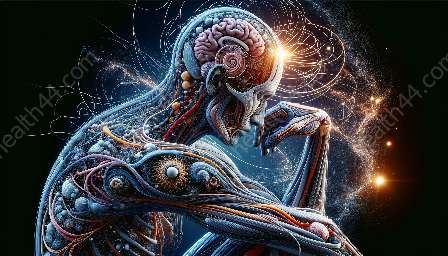Pathological anatomy delves deep into the study of disease processes at the cellular, tissue, and organ levels. This field is crucial in understanding the manifestations of various health conditions and plays a significant role in medical training and health education.
The Significance of Pathological Anatomy
Pathological anatomy, also known as anatomical pathology, is a branch of medical science that investigates the structural and functional changes caused by diseases. It is a vital component of medical education and training, providing insights into the nature, causes, and effects of various illnesses.
Understanding Disease Processes
Pathologists, who specialize in pathological anatomy, examine tissues and organs to identify and analyze abnormalities at a microscopic level. By studying diseased tissues, they can determine the nature of the disease, its progression, and its impact on the body. This information is invaluable in diagnosing and treating patients.
Integration with General Anatomy
General anatomy forms the foundation of pathological anatomy, providing knowledge of the normal structure and function of the human body. By understanding the healthy state of tissues and organs, pathologists can effectively identify and interpret deviations from normalcy, leading to accurate diagnoses.
Role in Health Education
Pathological anatomy plays a crucial role in health education by enhancing students' understanding of disease processes. It allows future healthcare professionals to comprehend the impact of diseases on the body's tissues and organs, paving the way for accurate diagnosis and treatment.
Pathological Anatomy in Medical Training
Medical students and professionals undergo training in pathological anatomy to develop expertise in recognizing, interpreting, and diagnosing diseases. This training equips them with the knowledge and skills necessary for effective patient care and management.
Advanced Techniques and Technologies
Advancements in medical technology have revolutionized the field of pathological anatomy. Techniques such as immunohistochemistry, molecular pathology, and digital imaging have greatly enhanced the precision and efficacy of pathological analyses.
Implications in Research and Innovation
Pathological anatomy contributes significantly to biomedical research and innovation. By studying diseased tissues, researchers can gain insights into the molecular and cellular mechanisms underlying diseases, driving developments in treatments and therapies.
Pathological Anatomy and Patient Care
Ultimately, the insights gained from pathological anatomy directly impact patient care. Accurate pathological diagnoses enable healthcare professionals to tailor treatment plans and interventions, ultimately improving patient outcomes.


